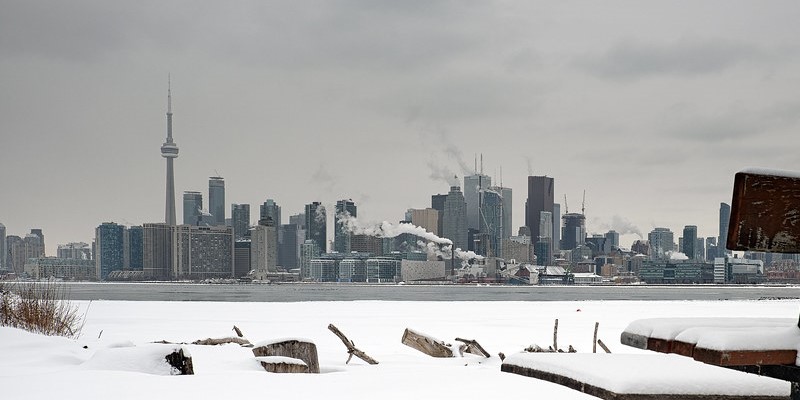Premier Ford, here’s how to end Toronto’s housing crisis—legalize it

Many things have changed during the pandemic, but Toronto, unfortunately, remains in a housing crisis. Anyone who’s tried to buy or lease a home in the last few years knows that prices are high and inventories are low.
Buying a home is especially daunting for households at the low end of the income spectrum. While high housing costs put a dent in the finances of all buyers and renters, some people simply can’t afford a home in Toronto at all. In response to one of the most urgent challenges facing Ontario, the provincial government’s Housing Affordability Task Force just gave Premier Doug Ford a solution—end restrictive single-family zoning policies and allow for a greater variety of affordable housing options to be built.
While people from all over Canada—and the world—want to live in Toronto, we simply haven’t built enough housing in the city. A recent Scotiabank report found that Toronto had 360 housing units per 1,000 residents in 2020, well below the national average (424), which is in turn well below the G7 average (471). In addition, despite the ongoing condo-construction boom, the number of units per person in Toronto is down slightly from 2016 in the wake of rapid population growth.
Another report, published by the Smart Prosperity Institute in Oct. 2021, estimated that Ontario must build one million new homes in the next decade to accommodate population growth and household formation. That would require increasing the rate of construction by around a third more than the average of the past decade.
This brings us to the Housing Affordability Task Force’s new report, released Tuesday. There are 55 separate recommendations, but one key proposal can be summarized as follows: Give property owners more freedom to construct different types of buildings beyond the single-family home, and increase the number of units allowed on their land.
Specifically, allow up to four units and four storeys on any residential lot. These types of units, ranging from duplexes to very small apartments (often referred to as “missing middle” housing), can be built relatively cheaply compared to condominiums, for example, since they don’t require costly shared amenities and elevators. Focusing on this missing middle would provide Toronto with a greater source of new and relatively affordable units.
It’s important to remember that if you look past Toronto’s skyline, the city isn’t that dense. A 2018 Fraser Institute study found that Toronto is only slightly denser than Washington, D.C. where apartment buildings are legally capped at between 130 and 160 feet. Washington simply manages to wedge in more townhouses and other smaller multi-family buildings. Or consider Paris, whose density is four times greater than Toronto but spread throughout the city. Toronto, by contrast, has oceans of single-detached houses surrounding a few dense pockets.
But even within the city, there’s a wide range of densities. For instance, the Beaches-East York area is roughly one-third the size of Etobicoke North, but houses close to the same number of residents. One big difference? Nearly 60 per cent of the housing units in the Beaches were built before the 1960s, compared to 23 per cent in Etobicoke North (Toronto’s first zoning bylaw didn’t appear until 1952).
Another difference? Forty-one per cent of dwellings in Etobicoke North are comprised of buildings greater than four stories, compared to only 25 per cent in Beaches-East York. While Etobicoke North is mostly divided between single-detached houses and large apartments, the Beaches area has a more traditional mixture of housing types (nearly half the dwellings are “missing middle” units).
While eliminating single-family zoning may seem like a departure from tradition, exclusionary zoning policies are the real aberration. And it’s possible to make meaningful progress in addressing Toronto’s housing crisis if the Premier heeds his task force’s recommendation to end such policies. The market will provide the housing Toronto needs—if we let it.

